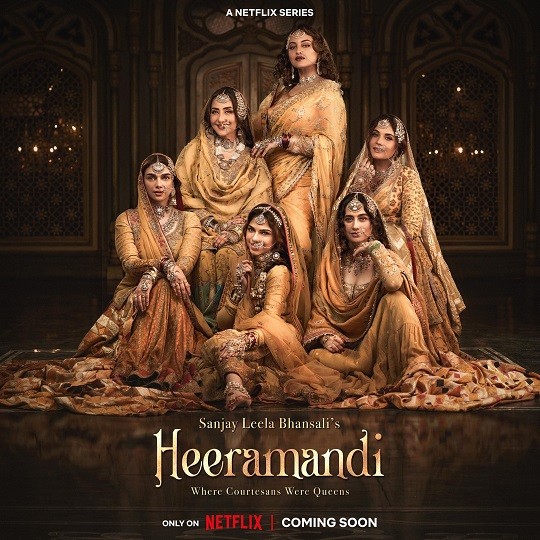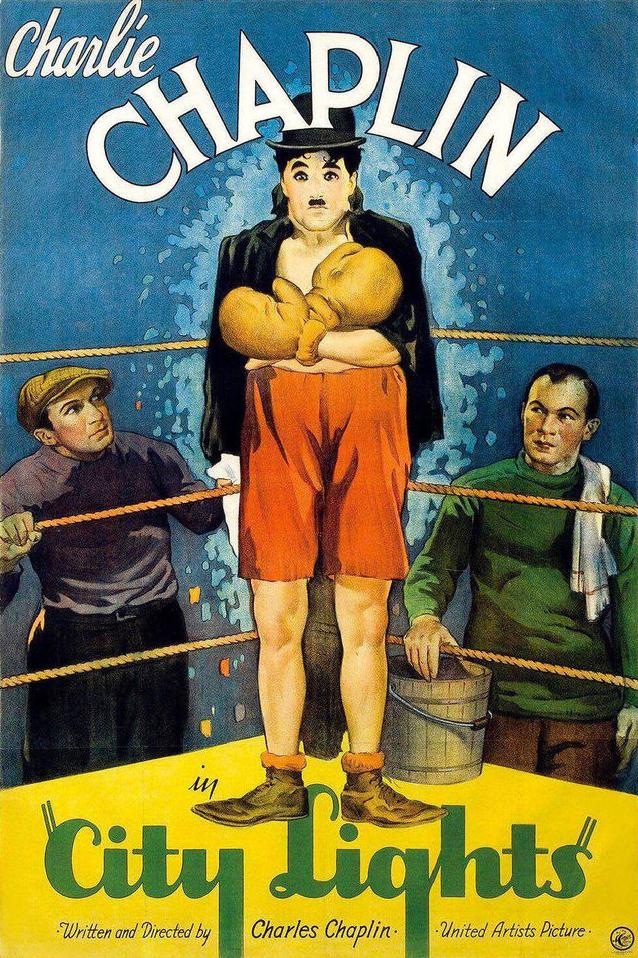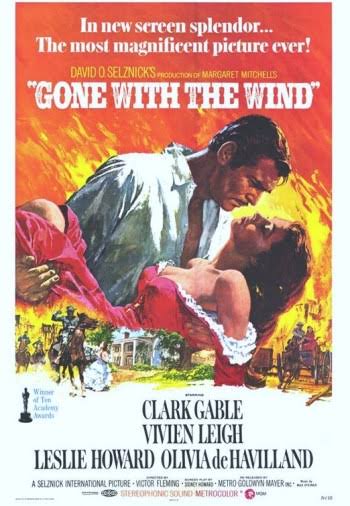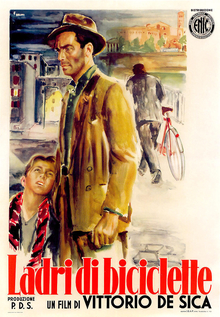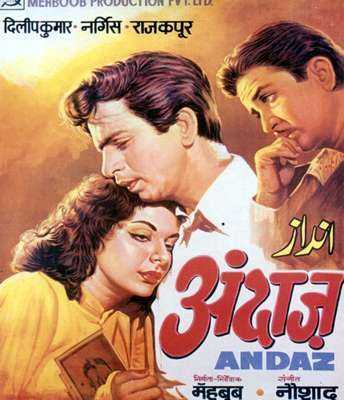Heeramandi
Introduction
All that glitters may not be gold! And this phrase can perfectly be set for the new Sanjay Leela Bhansali show Heeramandi which is now streaming on Netflix. Sanjay Leela Bhansali is most definitely a perfectionist who does spend a lot of time in getting the framing of his films(and now this show) absolutely pitch perfect. As a result, you do his sagas larger than life with a decor that would compliment his magnum vision. And I strongly believe that he is one of the few filmmakers who does mix the commerce so well with his art, that is also a testimony of his storytelling technique. But the long format often does come with another set of skills which are required wherein you must know where to draw the line, particularly given that we have a whole set of viewers who are brought up watching reels and tiktoks. Hence, the grandeur and the larger than life sets are fine but the story should be crisp and to the point. And that is what is found wanting in Heeramandi which is one of the most aesthetic shows that I have watched recently wherein the filmmaker overindulges in the world, only to serve a drama that is frustrating and rewarding in equal measures. But then is Heeramandi a complete washout, let’s find out.
Story & Screenplay
Set in Lahore as a part of Pre-Independent India, Heeramandi follows the tale of deceit, betrayal and the bonds that the courtesans have with each other and the Nawabs, against the backdrop of the politicals circling around the independence of a nation. The story here is decent and mostly relies on the grandeur of the sets and its beautiful imagery to rescue an otherwise routine story. This may not necessarily be a bad thing given that almost all Sanjay Leela Bhansali films rely on exactly that – grandeur and an unwavering vision of the filmmaker. My issue was that the vision here became so overpowering that the story in itself could never rise above the occasion. In fact, the setting can be compared to a soap opera that will successfully transport you to the world wherein there is a certain amount of stillness surrounding the drama that requires patience to sit through its screenplay standing at 8 episodes ranging from 40 odd minutes to almost 70 minutes. The issue is exactly that, the length of the show that features elongated scenes that are visually appealing alright but never quite tap into the drama element of the show. This is not to say that the writing is bad, it is watchable but it requires a lot of patience to immerse yourself in the drama that doesn’t quite rise above the glitter.
The drama begins in the 1920s when a courtesan sells of a new born baby of her rival much to the dismay and displeasure of the latter. The timelines shift to the 1940s where a nation is on the verge of independence and with turmoil surrounding the equation of the locals with the British. Amidst this battle of freedom, are the courtesans who have been ruling the area of Heeramandi and Nawabs visiting them often. Yet, their struggle of freedom coincides with the freedom of the country, wherein Mallikajaan is the ‘queen’pin of the lot, often calling the shots for her fellow courtesans. Now, I quite liked the world building and characterization that did have a certain sense of poetic madness infused in the proceedings which had the ability to send the viewers in the form of a trance. The initial conflict of a courtesan rivalry resulting in a story of crime and revenge was quite absorbing, even as you see a character appearing in a funeral almost to give an indication that their rivalry and the revenge angle is alive. Amidst this, there are multiple threads including a budding love story and the plight of the courtesans who are merely used as props and for ‘entertainment’ purposes without quite being given the respect that they deserve. The issue though lay in the conflict itself wherein the style started to overpower the substance.
The proceedings are a slow burn and unfolding at a leisurely pace, something that would require patience and a sense of complete surrender to truly enjoy the drama. This in many ways does warrant for an uncomfortable watch because the writing lacks the soul wherein you don’t quite surrender to the plight or the emotions of the characters that felt more artificial and in sync with the aesthetics of the magnum opus. As a result, you do admire the sets and the thought given to each and every frame even as you stay partially disconnected to the drama. Which brought me back to the question – on where to draw the line and whether the vision of a filmmaker is alone enough to keep the drama going. The answer is yes and no, both in equal measures. Yes, because you do understand the vision of the maker and what he was trying to convey through the frames, and no because the drama unfolds as a soap opera wherein there is little to no subtlety, highlighting and double underlying each and every emotion instead of playing out the emotions as an undercurrent. In other words, the drama is verbose and quite heavy with the events.
The drama does oscillate between showcasing the budding rivalry of the courtesans even while also focusing on the freedom struggles of the locals against the British. Both conflicts are on the surface level even as the characters become mere pawns in the drama. But on the positive side, the character traits of a few characters is pretty good, something that had me invested in their journey including their conflicts that had them torn between love and freedom. Yet, I couldn’t help but think that the conflict that had kickstarted the drama felt drastically different from the manner in which the show ended, something that included a sudden transformation of one of the characters. The mood and the aesthetics of the drama are pretty consistent, something that I did admire but the drama in itself was a little underwritten with its conflicts as the show stayed predictable throughout. Overall, the screenplay is decently watchable but I had to admit that the aesthetics overpowered the written material here.
Dialogues, Music & Direction
The dialogues are infused with the crudeness and the softness of poetry, and Urdu that had me falling in love with the language all over again. There is a dash of authority that does translate into whistle worthy set of lines on the part of the characters, wherein the lines did hit the sweet spot as far as the authenticity lay in the world building. The music by Sanjay Leela Bhansali is exquisite featuring Thumris and Ghazals that play out almost as an extension of the symbol of expression of the characters. And each note is so well thought out that you are instantly invested in the characters through the various dance performances that they indulge in. Likewise, the BGM is wonderful and blends so well with the drama, almost transporting you in the bygone era. The cinematography is beautiful and it was a pity that I had to witness the show on the small screen that did no justice to the impact that the show would otherwise have on the big screen. From the light penetrating the curtains, to the aesthetics of the costumes complimenting the colour grading of the room, the frames comprise of wide shots that add to the grandeur of the drama. And dare I say that the aesthetics make the show worth while, rewarding you for your patience while allowing you every window of opportunity to indulge and immerse in the narrative. The editing allows the scenes to be prolonged, and I think this was a conscious creative decision that didn’t sit well with me. This labour of love needed a tighter edit to ensure a crisper runtime. I have been the longest admirer of My Bhansali, the director wherein his vision continues to impress me. I absolutely love his unwavering and uncompromising passion of getting the grandeur of the scenes exactly the way they should. But here Bhansali is let down by the longer format wherein he doesn’t know on where to draw the line. As a result, the drama seems a little too long, and even though the direction is pretty good, the impact of the drama is nullified due to its meandering length.
Performances
The performances are pretty good by the ensemble cast. Adhyayan Suman as Zoravar, Shekhar Suman as Zulfikar, Rajat Kaul as Iqbal, Abhishek Deswal as Nawaz and Fardeen Khan as Wali are all good to decent in their performances but I couldn’t think that these characters were used as an after-thought, almost never really rising to their full potential in terms of their characterization. And the much awaited comeback of Fardeen Khan will have to wait for another day! Mark Bennington as Henderson and Jason Shah as Cartwright play their parts with a certain sense of flair. Sakshi Gopal as Fatima and Astha Mittal as Huma have their moments to shine, as does Vaishnavi Ganatra as young Waheeda. Richa Chadha is excellent as Lajjo despite a limited screentime. Jayati Bhatia as Phatto and Nivedita Bhargava as Satto are excellent, and both deliver incredibly good performances. Shruti Sharma as Saima has a pleasant screen presence in an overall job done well. Pratibha Ranta as Shama looks pretty and does a pretty good job.
Anuj Sharma as Hamid is sincere with his act and he definitely leaves a mark. Farida Jalal as Qudsia has the much needed sweetness associated with her character and she was incredible to witness. Ujwal Chopra as Ashfaq is decent in his performance. Indresh Malik as Ustaad, the gossip mongering transgender character with a golden heart is brilliant to witness and he shines wonderfully here. Amongst the male characters, the best written one was of Taj and it was beautifully portrayed by Taha Shah Badussha who has improved leaps and bounds as an actor. He is quietly charming and wonderfully underplays his character with the right amount of restraint that showcases his vulnerability wonderfully well.
Sanjeeda Sheikh as Waheeda manages to leave a lasting impression with her simmering act of rage and revenge. Aditi Rao Hydari as Bibbo looks beautiful and manages to pull off her character with a certain amount of grace and charm, while completely being able to surrender to the vision of the director. Sonakshi Sinha as Fareedan is good but the lines given to her required a certain sense of madness that she could have extracted further before the arc that allowed her to transform. Yet, this would be amongst her best performances wherein she is all but improving as an actor. Sharmin Sehgal as Alam is decent but the character required a little more emotions to allow the viewers to completely invest in her character. She is young and this could be a little learning lesson for her future endeavors. And if ever she needs a reference point then it is Manisha Koirala who is simply brilliant as Mallikajaan. There is a certain level of madness that forces her in a state of trance even as her range of emotions emit nothing but the softness of poetry through her incredibly wonderful act which was towering and memorable in many ways. It was a treat to witmess her performance that rose above the written material and managed to shine.
Conclusion
Heeramandi is a glittery and visually stunning soap opera that is frustrating and rewarding in equal measures. The conflict is whether to invest in the vision of the filmmaker that is uncompromising with his craft, or invest in its script which is slightly bland and predictable. Much to like here but is it enough? you decide! Available on Netflix.


